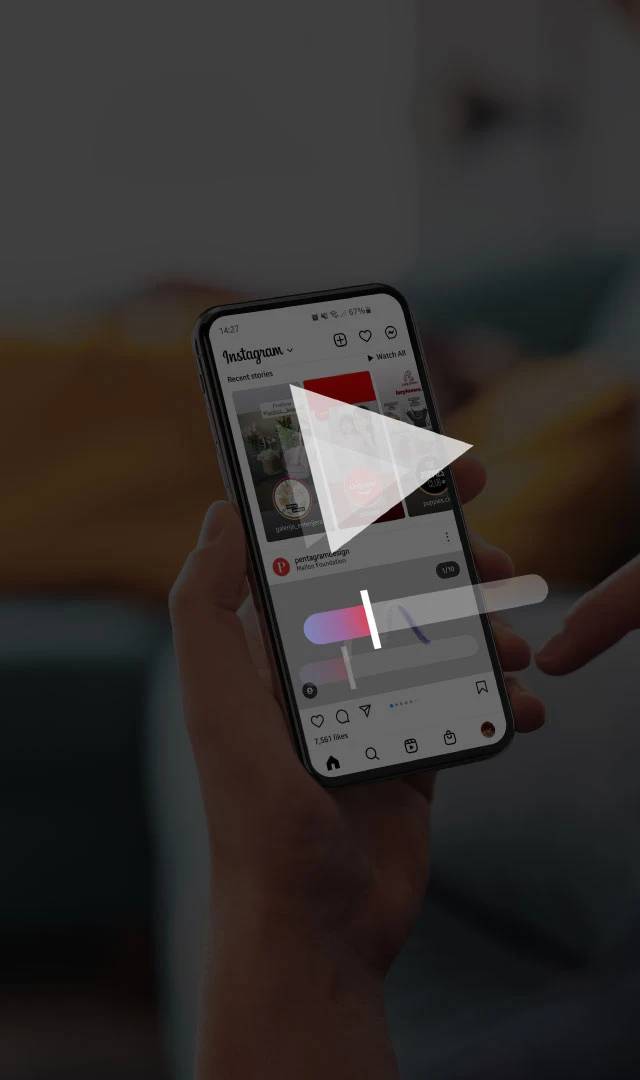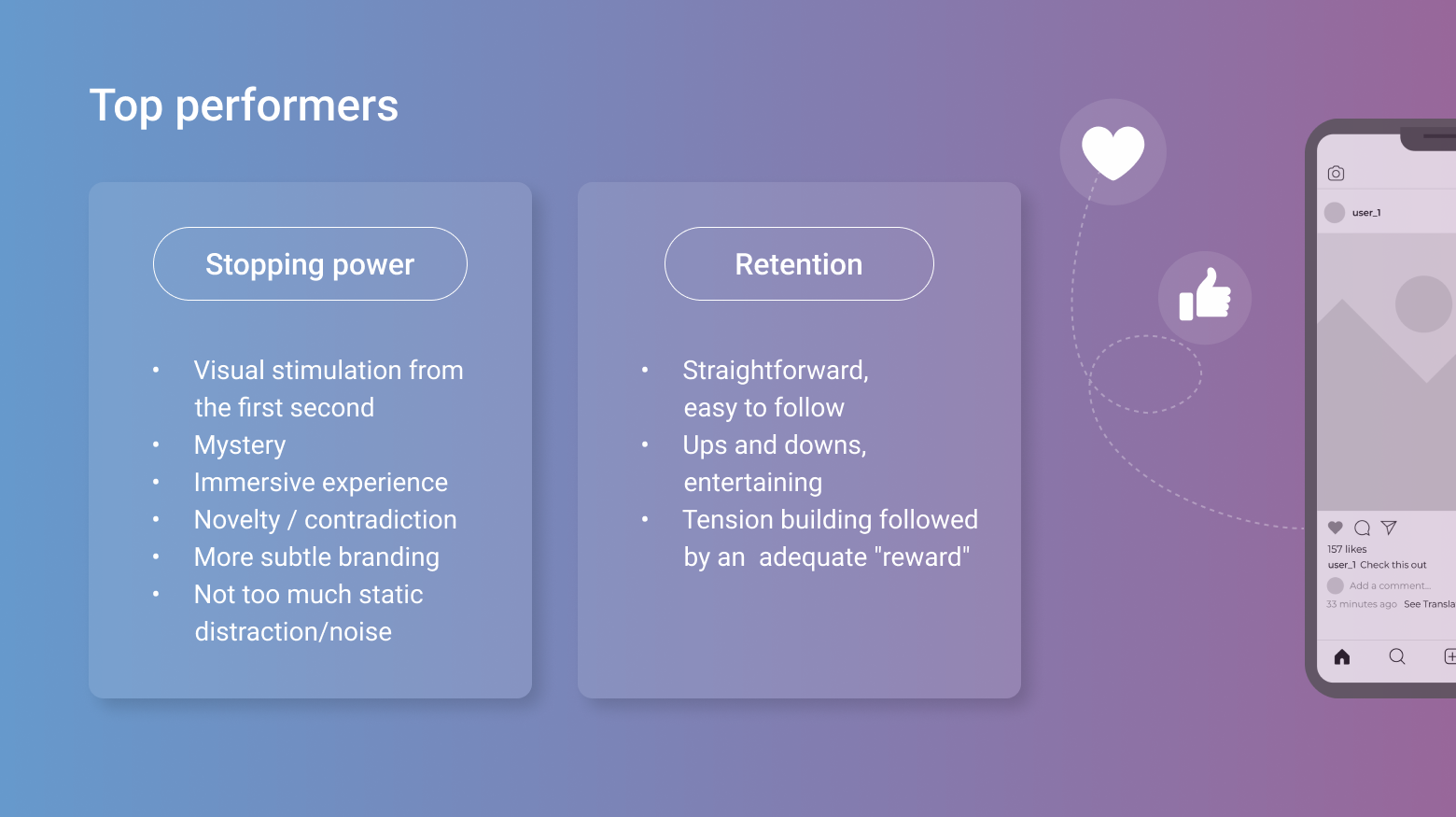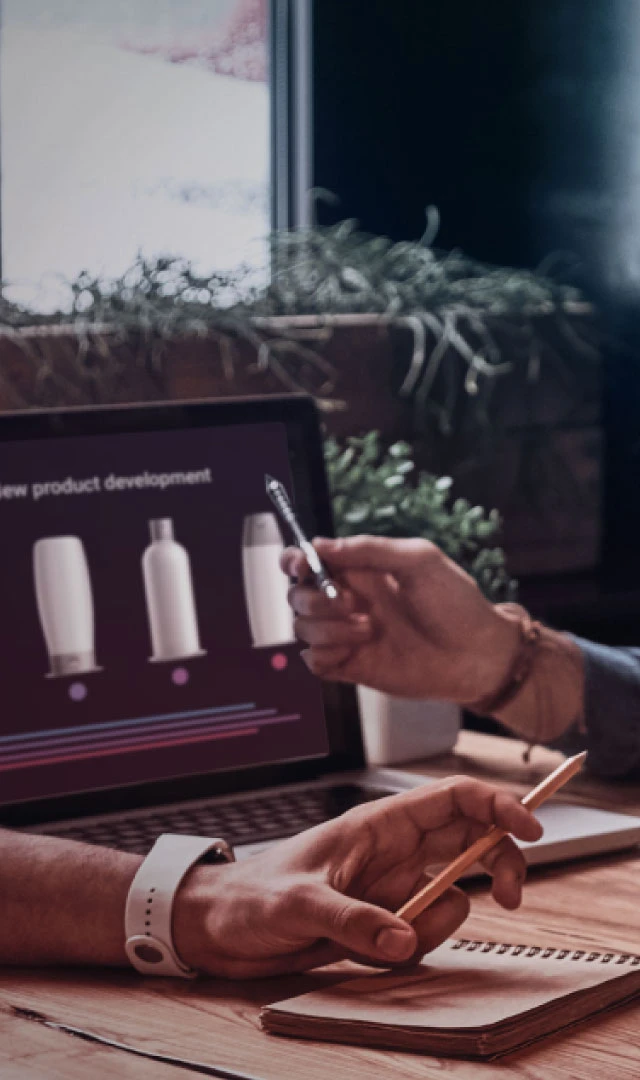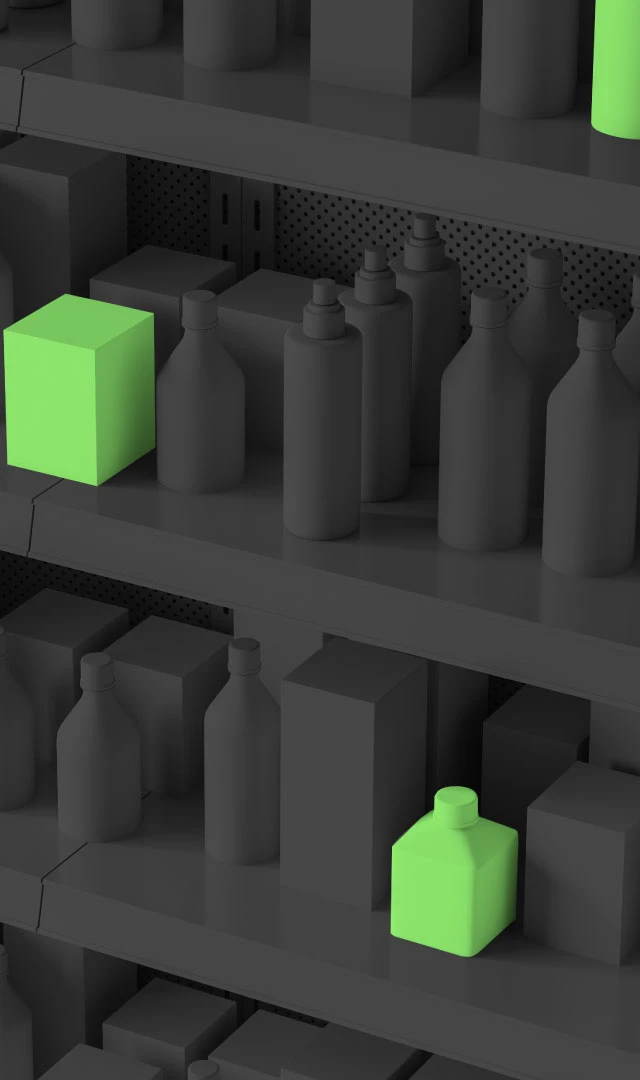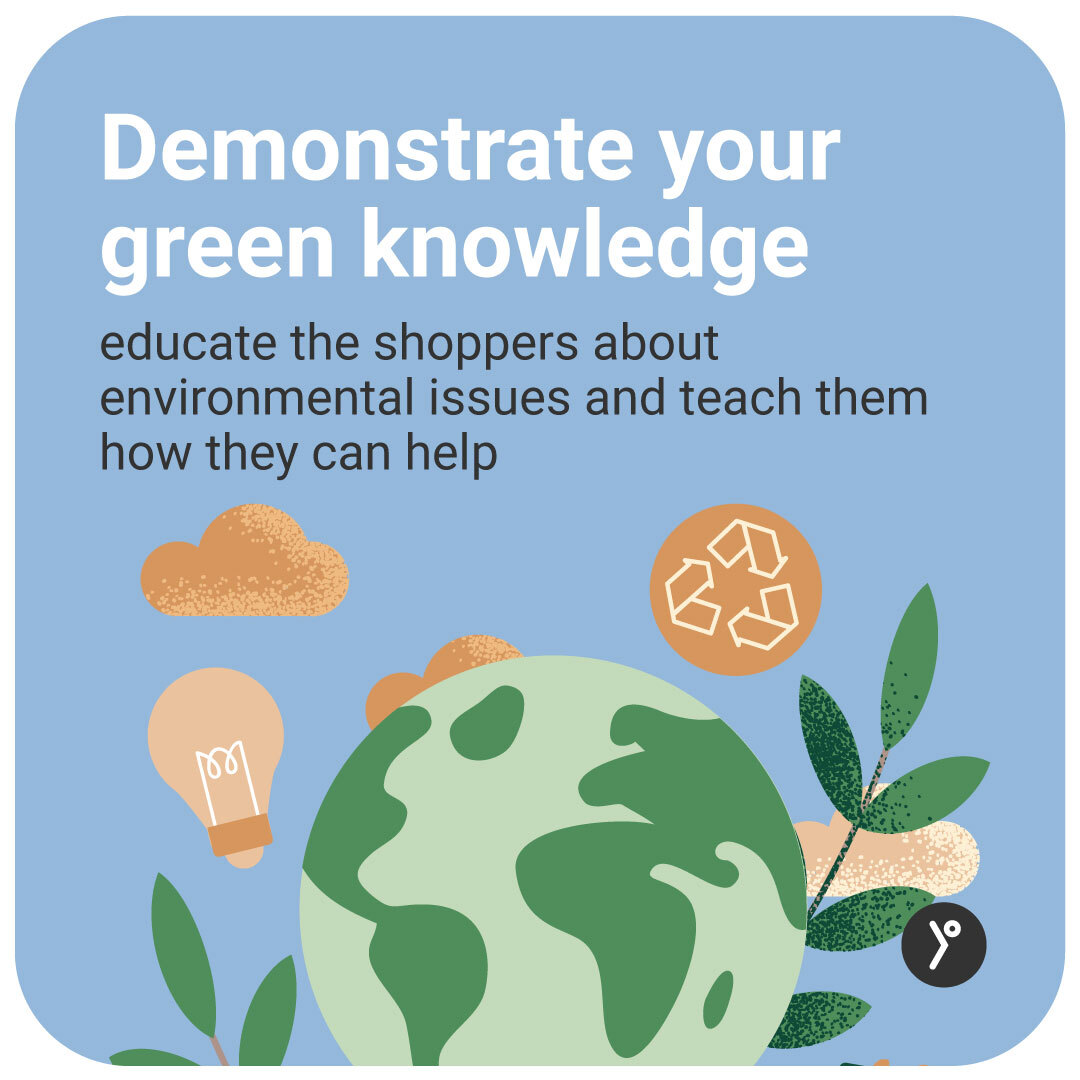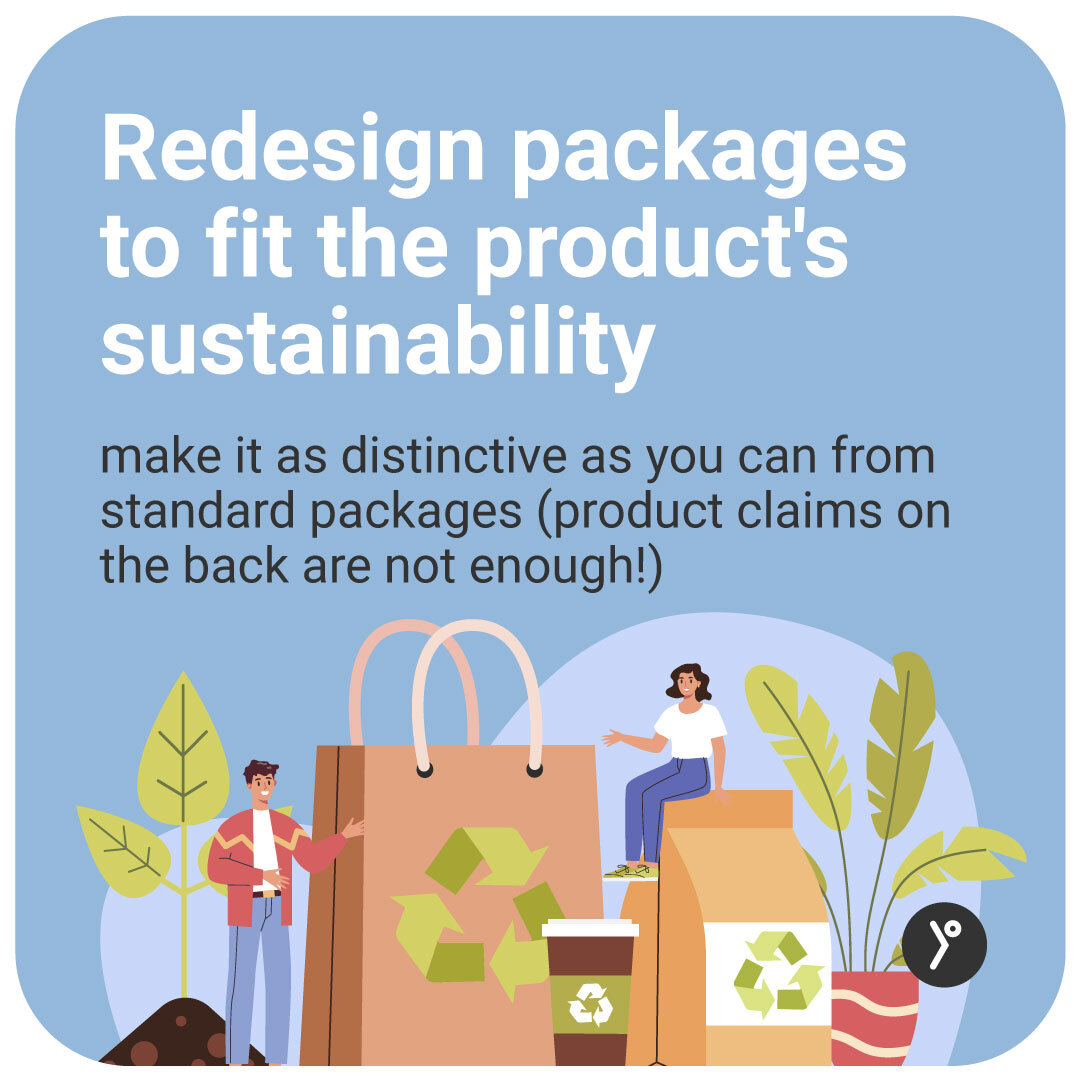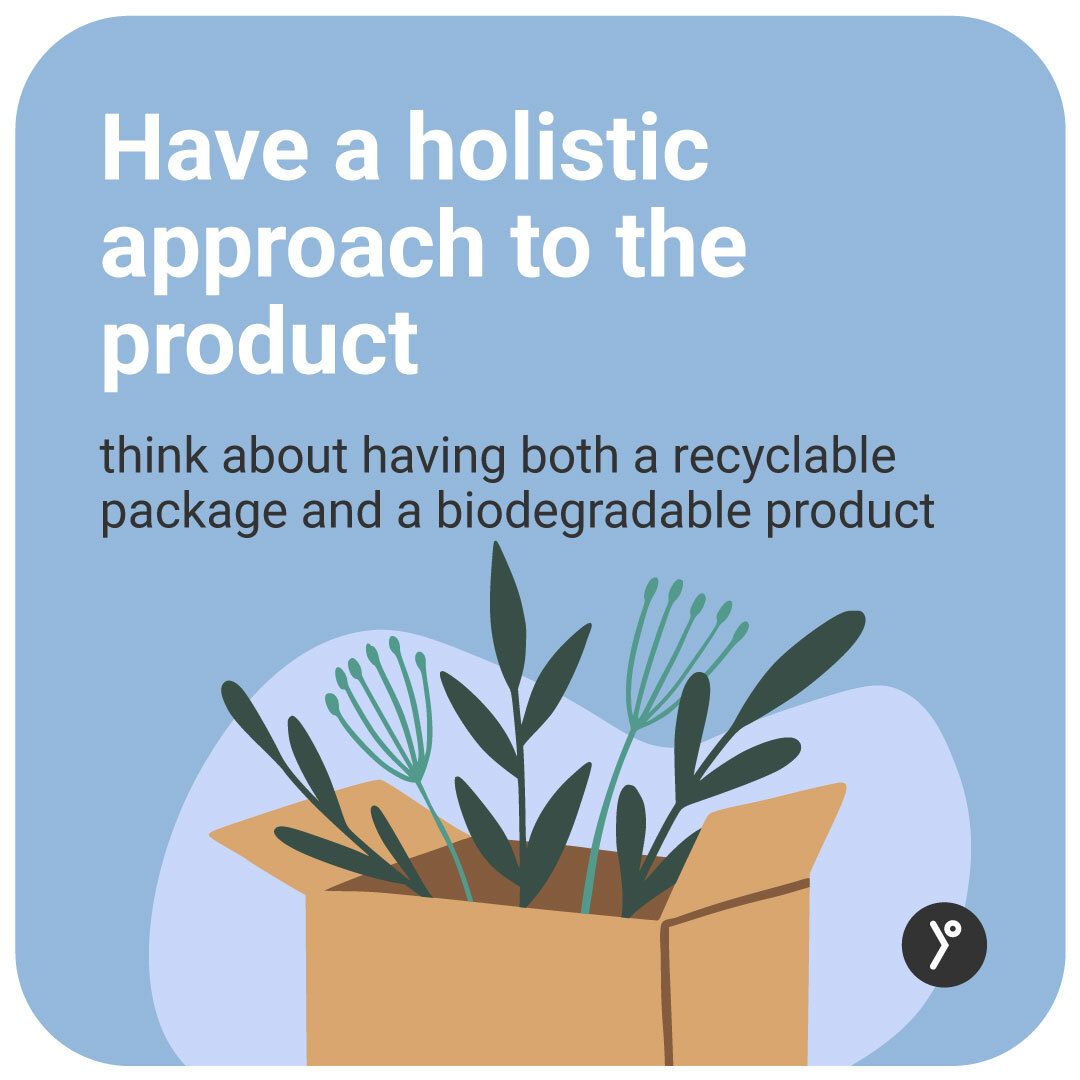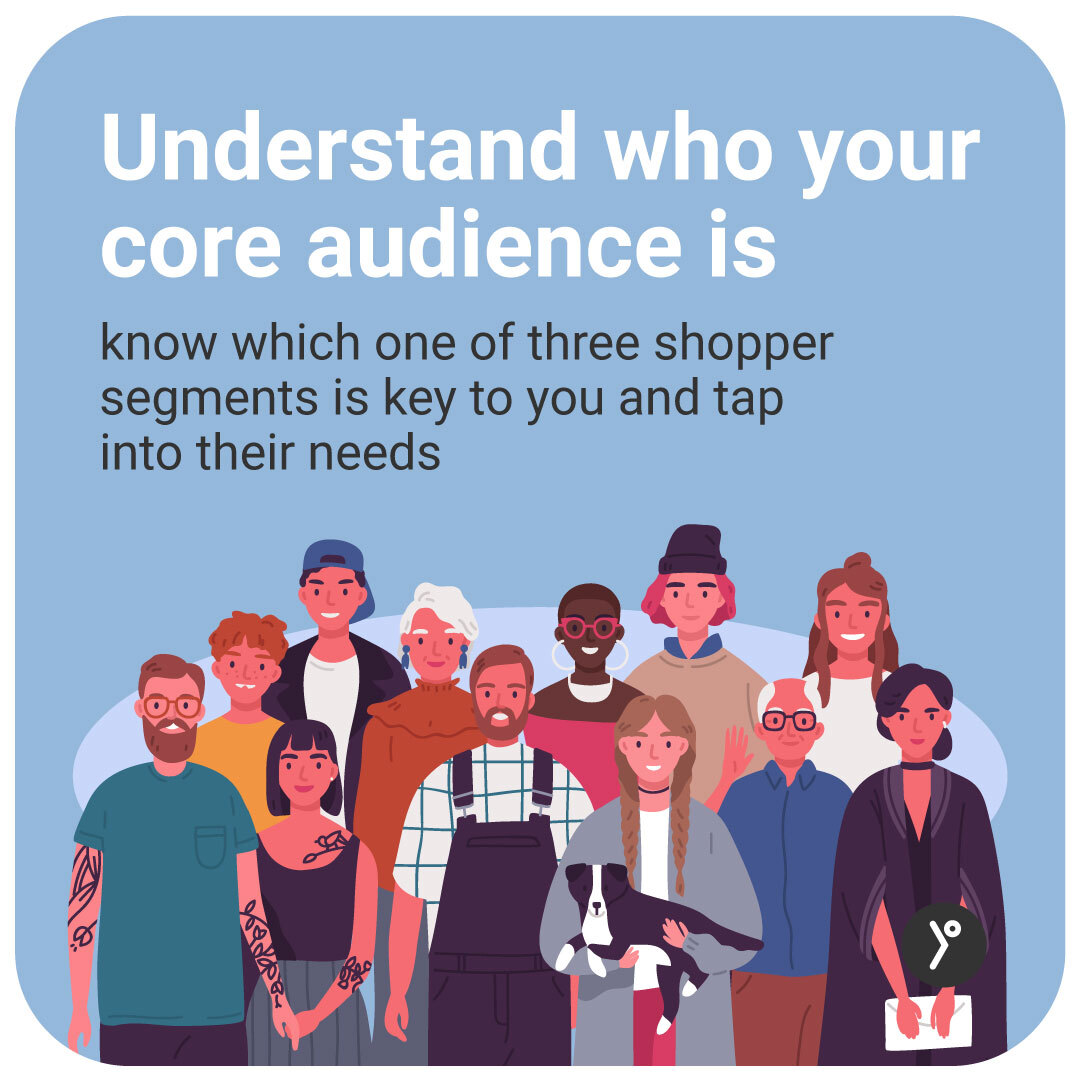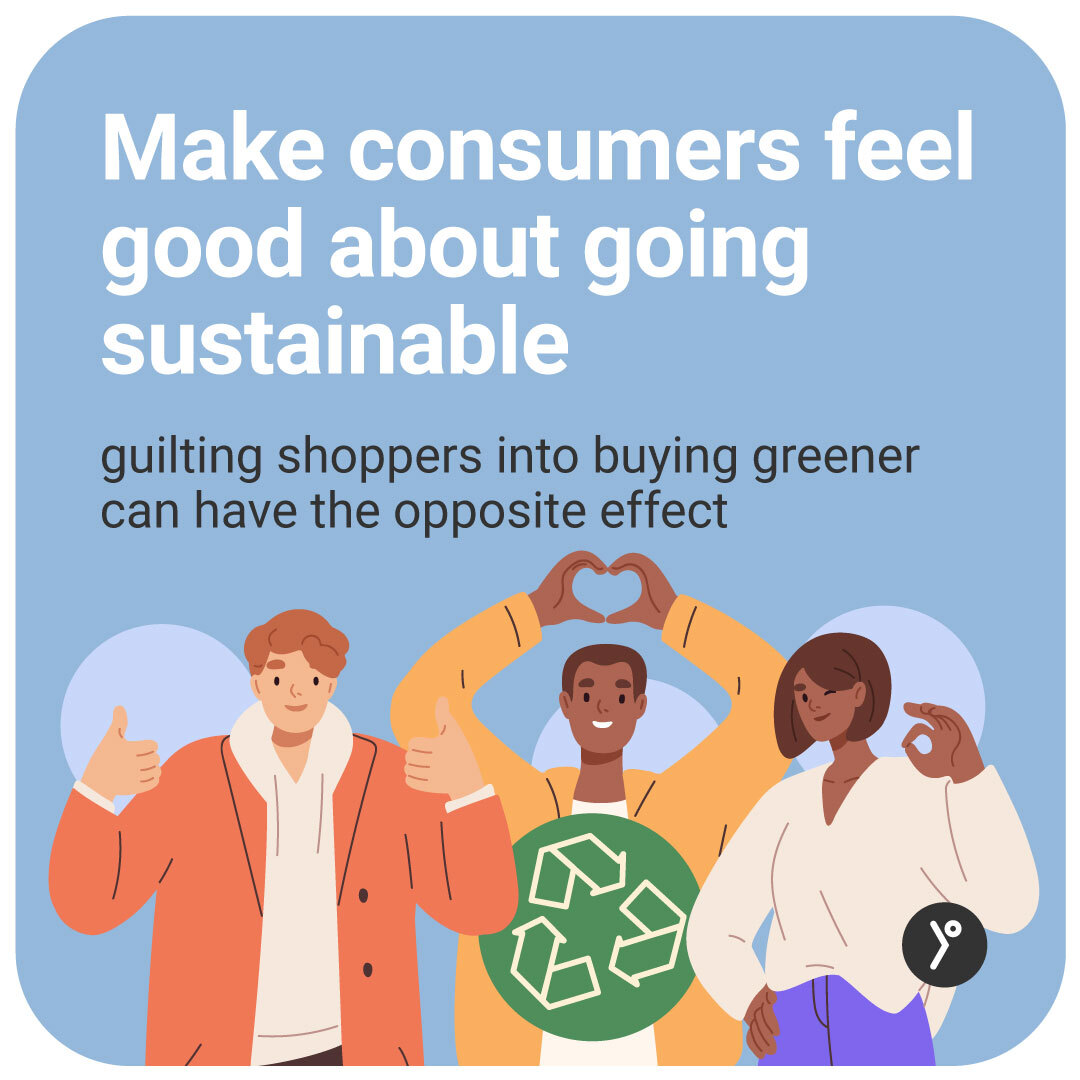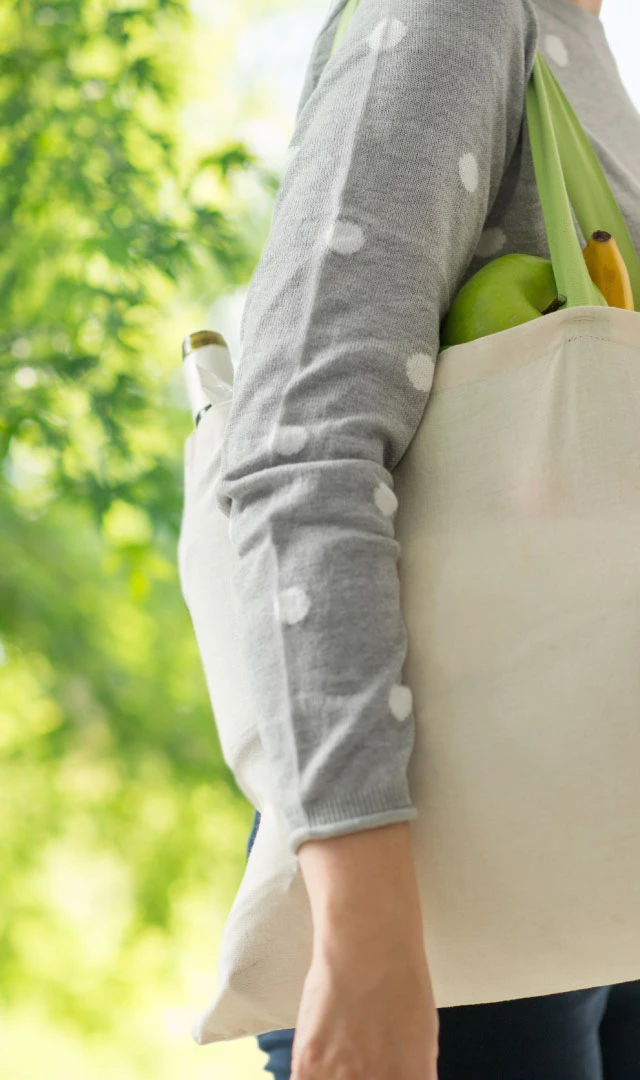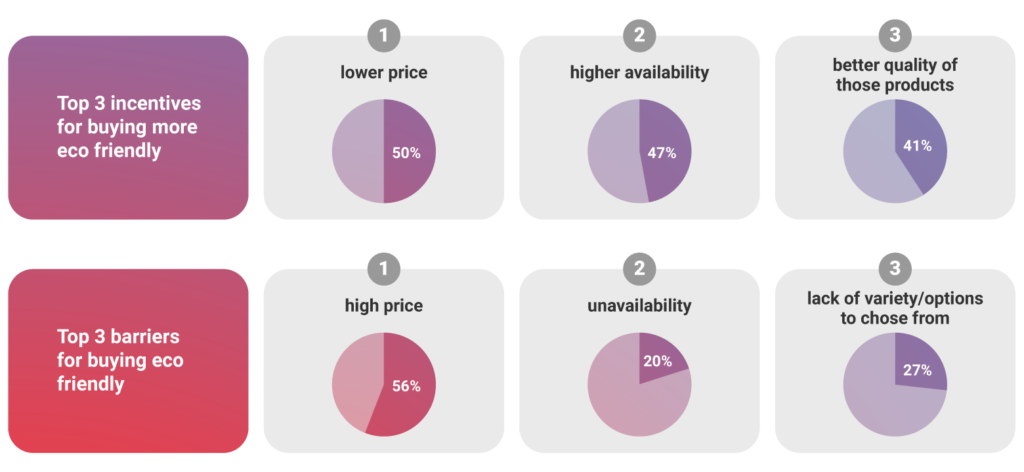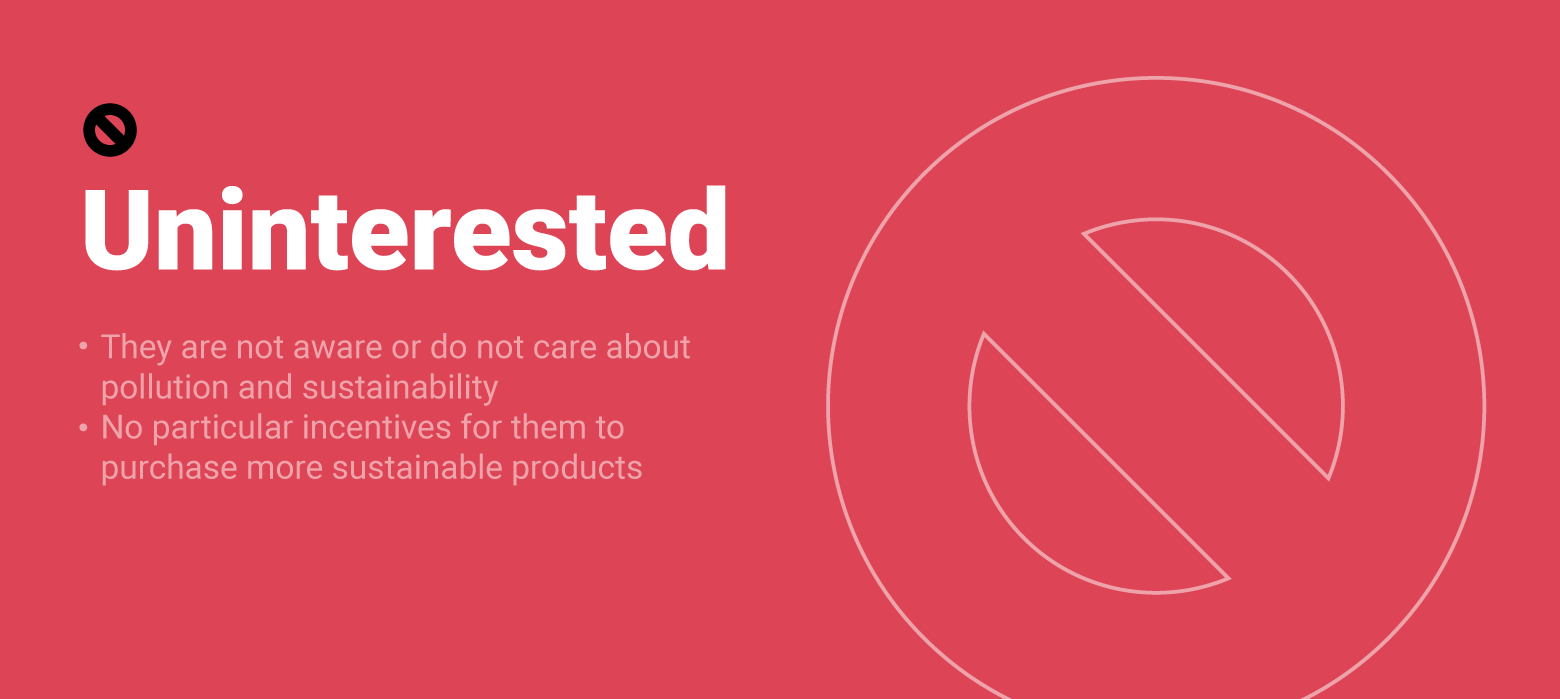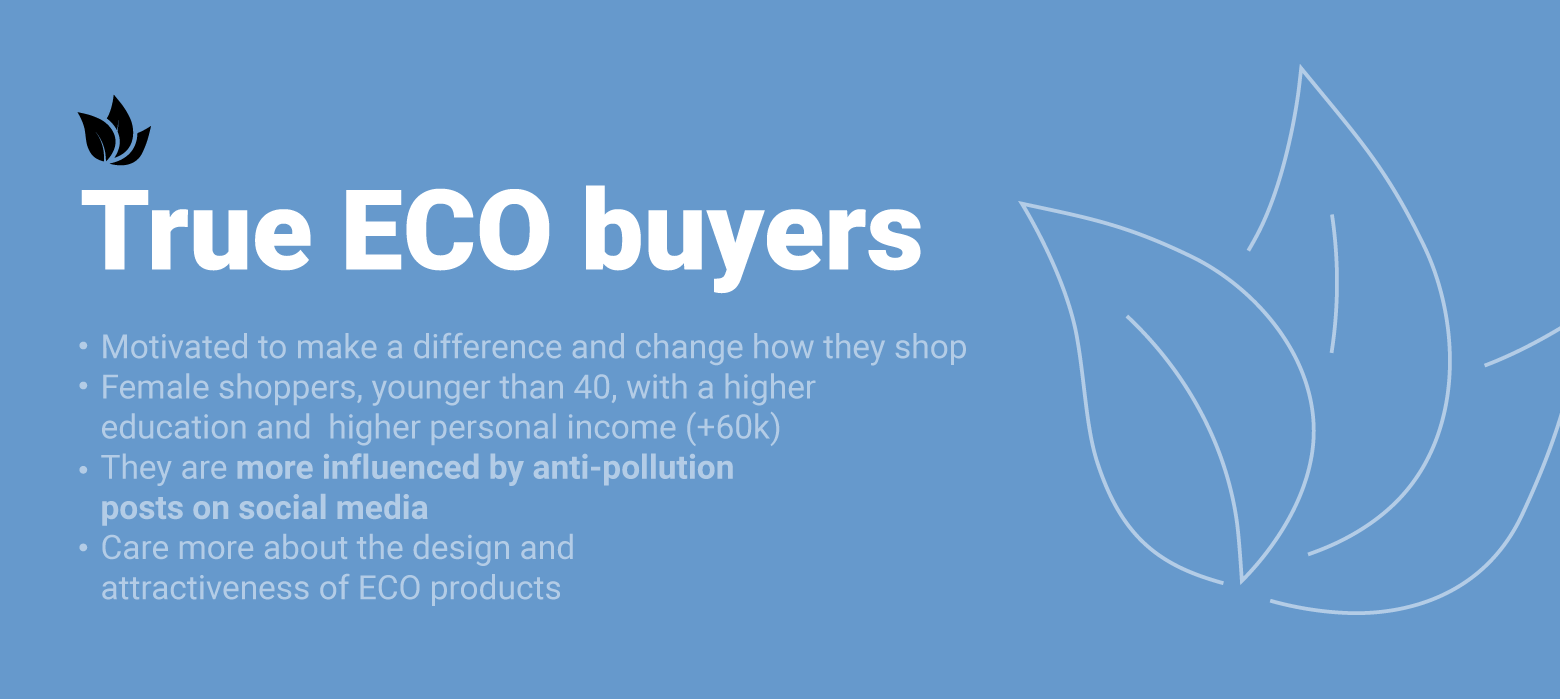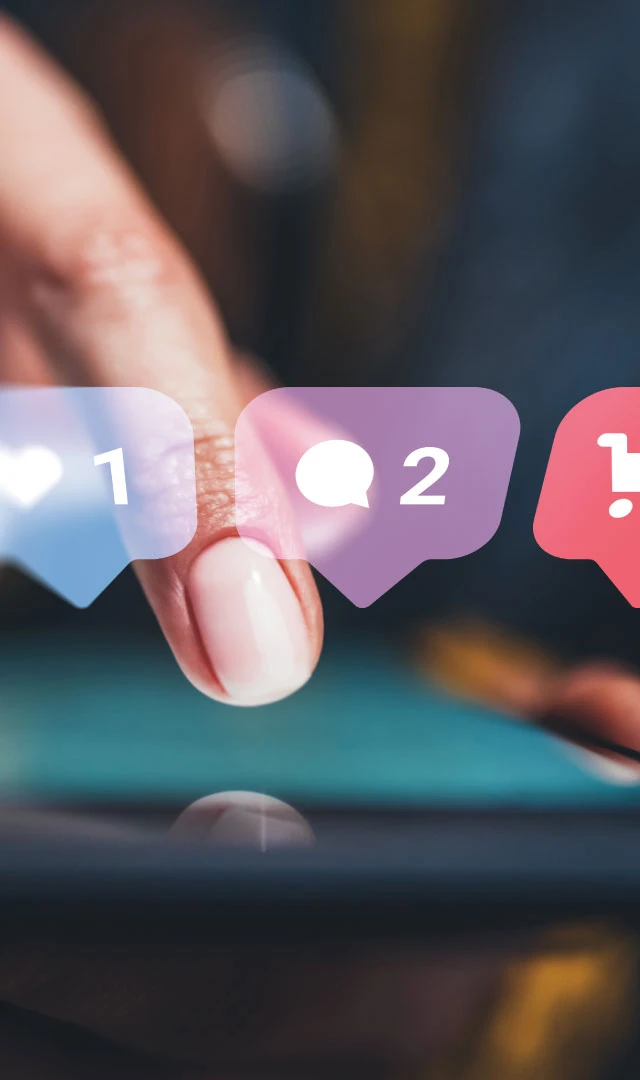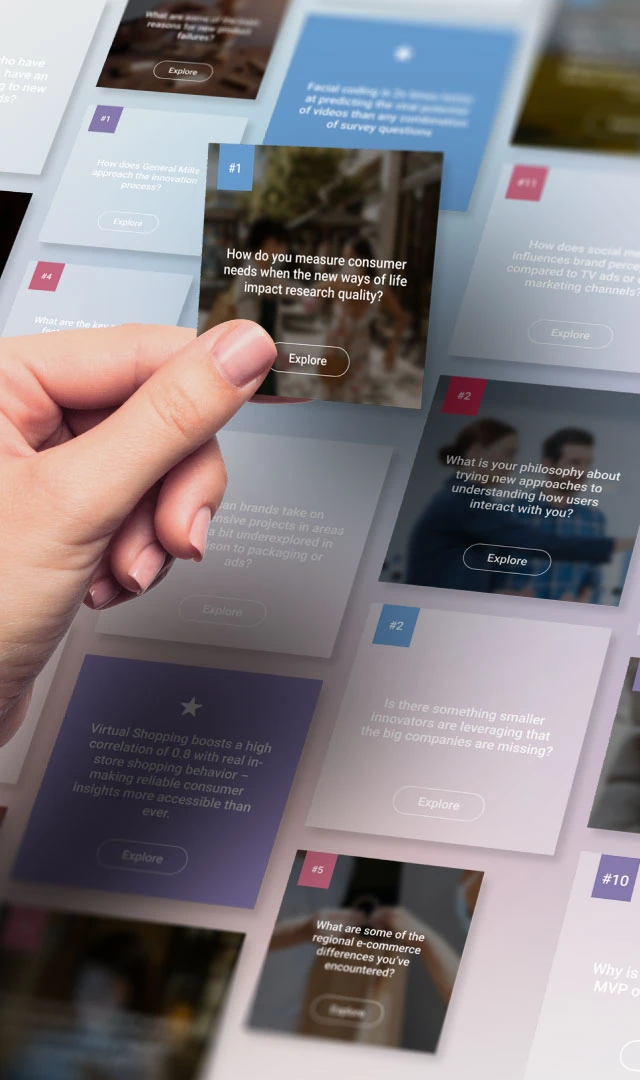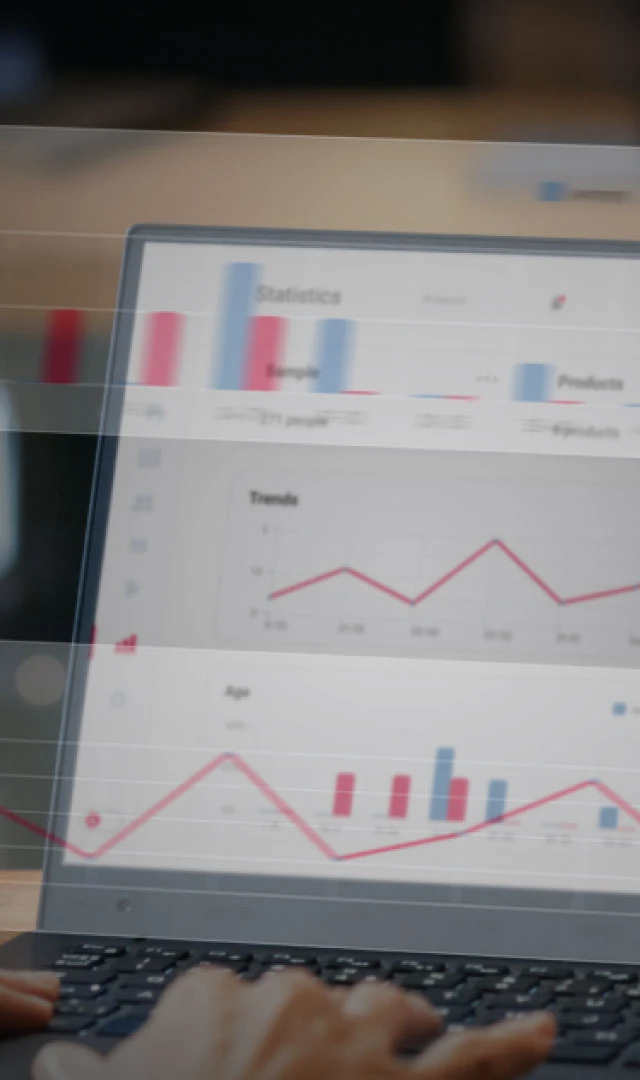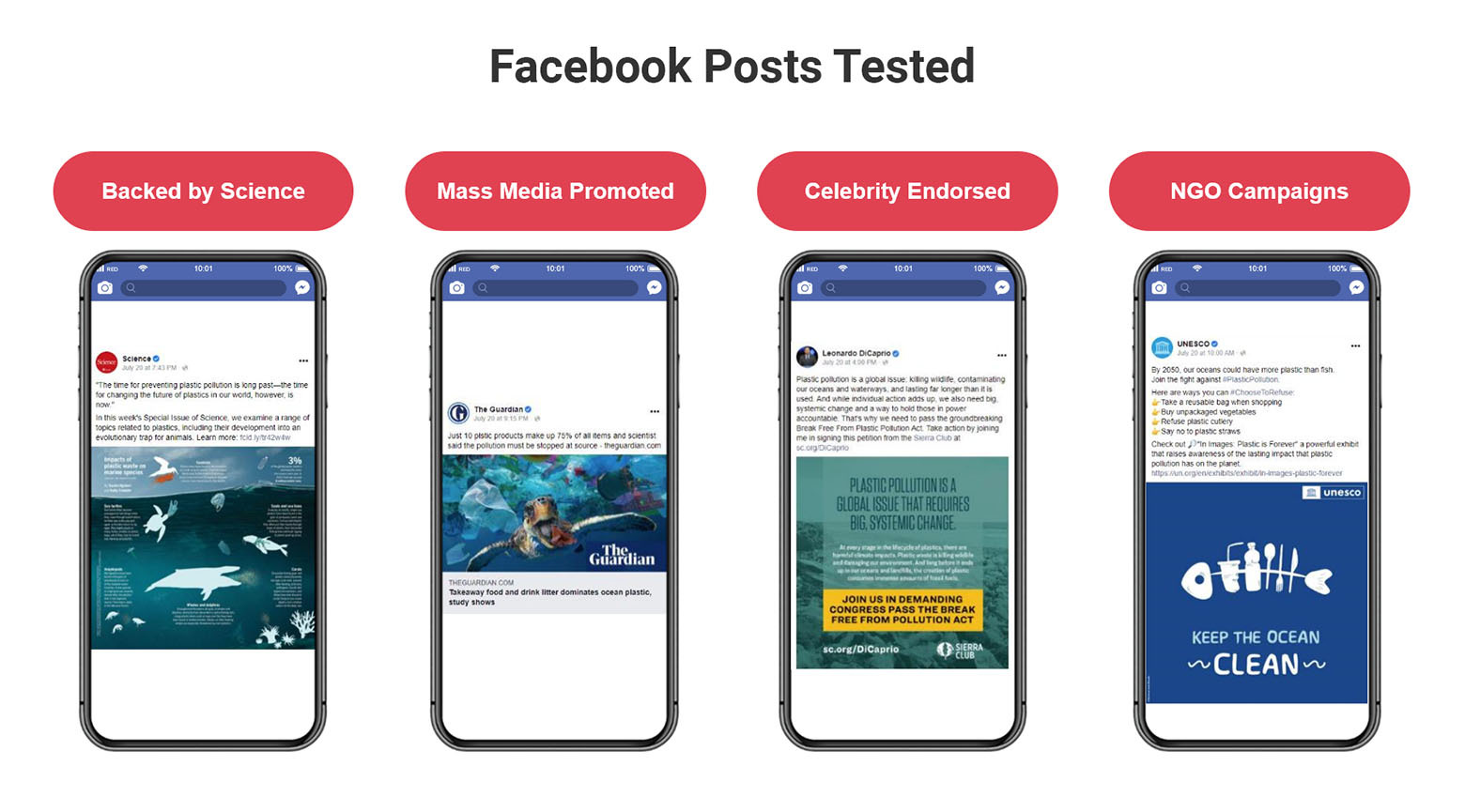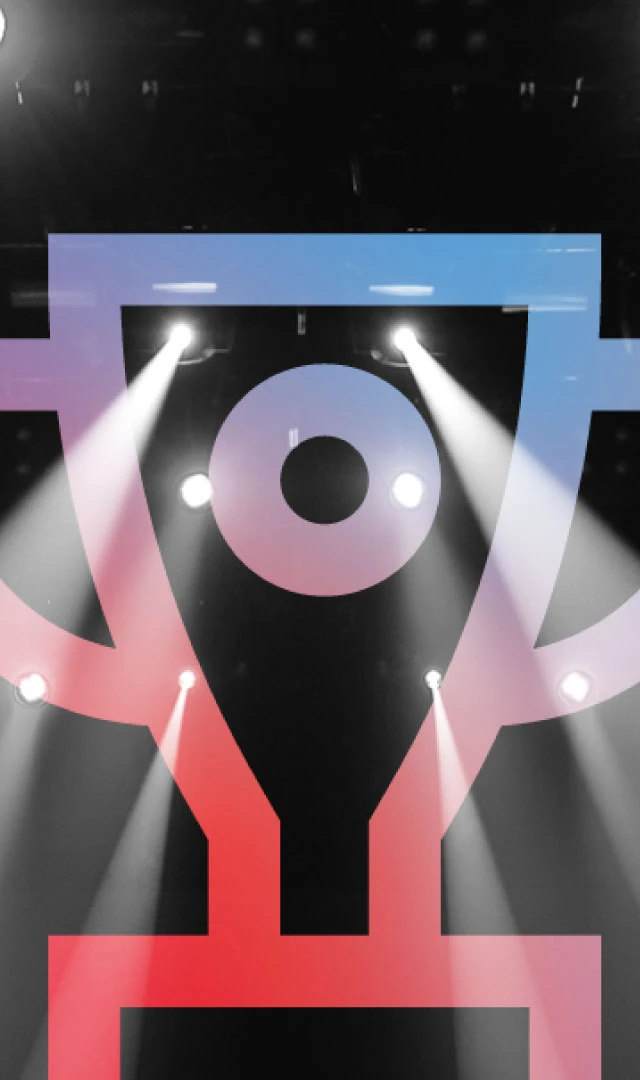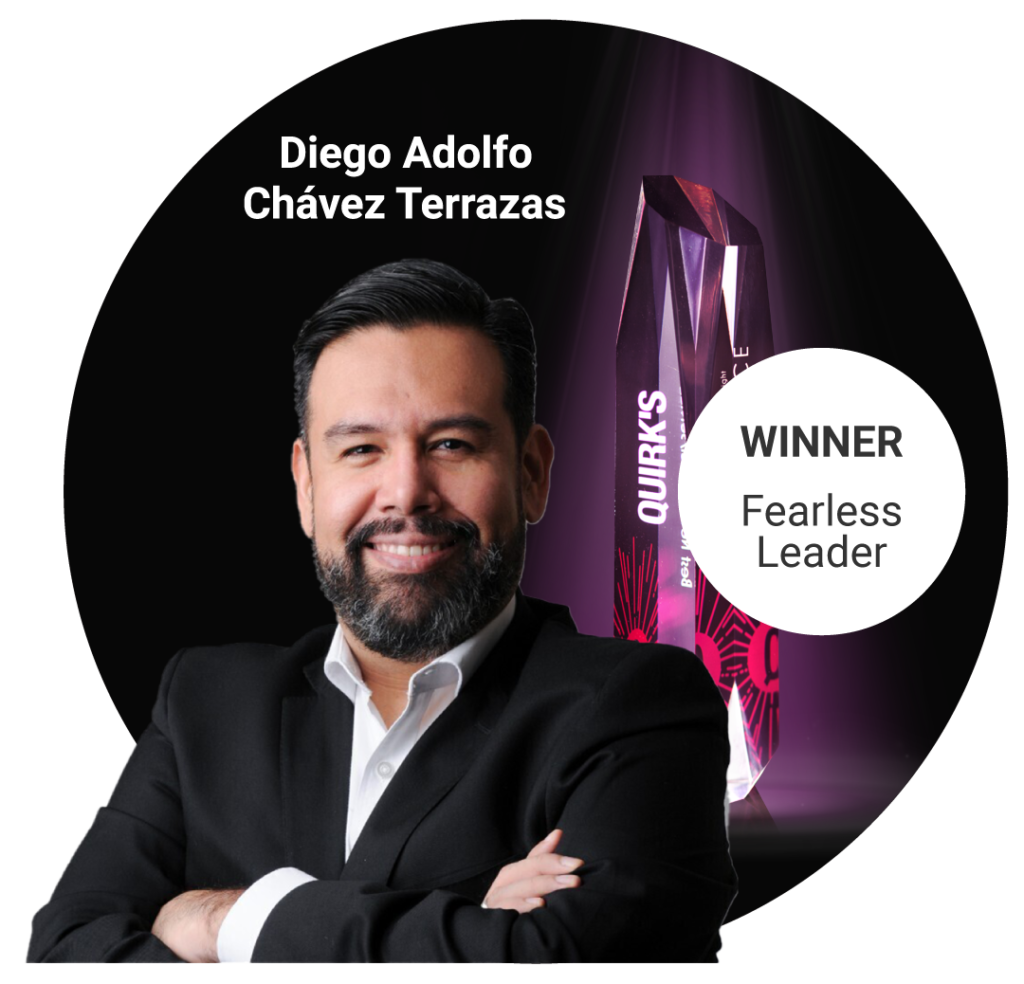Written by Vanja Radic, Facial Coding Team Lead at EyeSee.
It’s become a given that attention is the scarcest resource that brands are fighting for. While the cost of attention has been rising rapidly and consistently in the past decades, at the same time, the quality of paid attention has been decreasing at an even greater pace. The ever-so-dynamic digital arena – where conversations around global events and polarizing topics happen constantly and quickly – presents a big challenge for brands to truly grasp and hold viewers’ focus. So, how can brands navigate these rocky waters amid major happenings such as the pandemic or war in Ukraine?
The truth is that relying only on the number of views is simply not an option anymore. Instead of counting mere views, marketers are now compelled to turn to more attention-oriented metrics to accurately measure their past campaigns’ performance, as well as predict the success of future ones – regardless of the content surrounding them. This is where behavioral methodology comes into play by helping brands uncover how viewers interact with the content in a natural environment.
The price of attention is high
According to Facebook, only 2.5 seconds are spent viewing each post from a desktop device and even less on mobile. Moreover, EyeSee’s studies have indicated that only 7% percent of people who view a 30-second video post on a timeline actually see the whole video, while about 27% of viewers stay on the post for less than one second. Relying solely on the data that social media platforms offer can be insufficient since real viewer engagement lies in how long they actually watch the video. In summary, a high budget for an ad creative and its promotion is at risk if the creative fails to grab and retain attention, as quantity doesn’t make up for quality. It comes down to this: you can buy a time frame in a clutter of TVCs, and you can boost your social media ads, but what you cannot do is buy people’s attention – you have to earn it.
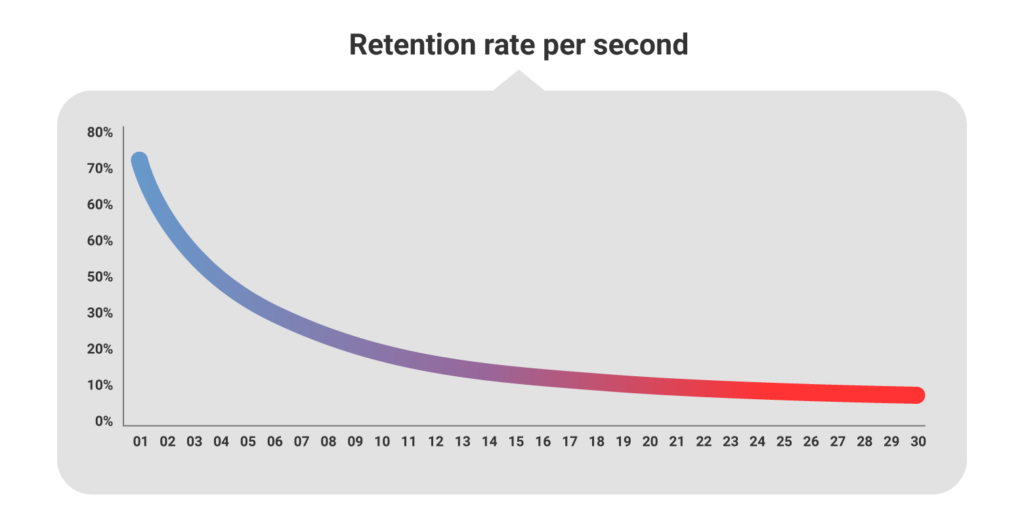
That is why it is essential to understand how viewers interact with content in an environment that’s closest to a natural one. Here, the behavioral methodology makes all the difference. EyeSee’s attention measurement solution provides an easy way to measure a content’s ability to not only attract, but also retain by offering digestible outputs in the form of simple KPIs that point to spaces for improvement. For example, attention KPIs will provide answers to some of the most commonly asked client questions, such as:
- Is the content attention-grabbing enough from the very beginning?
- Is it capable of breaking through the clutter?
- Are there some bigger drops in attention that indicate room for improvement?
- Which percentage of viewers will actually watch the whole video?
- What is attention-grabbing for a particular target group?
- What are the patterns behind successful attention management?
A clear-cut way to gain these learnings is by testing the content in the right environment. Tools such as simulated social media feeds allow complete control over the testing environment and the possibility to experiment, as well as provide precise insight into how viewers interact with the content – and more importantly, how it can be optimized.
It takes seconds to make it or break it
Timing is everything. There are cases in which a lot can be improved with simple editing. The very same material can deliver a much higher ROI if the most attention-grabbing scenes are placed where they should be as, as we like to call them, stumbling stone seconds. Stumbling stone seconds differ from one environment to another. Whereas you’ve got 5 seconds to earn your viewer’s attention on YouTube, other mediums like Facebook, IG, TikTok, and are less forgiving, demanding from creative to arrest attention from the very first second – fortifying the need to test and optimize for every timeline environment.
So, what makes a show-stopping video? Here are some top and bottom performers’ common characteristics regarding creative’s two main qualities: 1) its ability to break through the clutter and capture attention (stopping power) and 2) its ability to retain the attention (retention rate):
One of the most common pitfalls advertisers make is not leveraging the very first seconds of the video. Consumers spend less than 2.5 seconds on a piece of content before they continue to scroll or change the channel, so ensuring they are hooked from the get-go is a must. Applying a dose of mystery is definitely one of the ways to accomplish that since it triggers our compulsion for completion. Novelty, contradiction, and immersive experience are also great means of arresting attention. On the other hand, predictability, one-dimensional and overused scripts, especially when combined with overly prominent branding, tend to lose their viewers’ attention at the very beginning.
However, when it comes to retaining attention, different rules apply: a creative should be easy to follow, entertaining and dynamic with emotional ups and downs. Confusing and monotonous creatives, as well as those that fail to deliver reward for tension built, tend to lose their viewers along the way.
The steps to success are build-measure-learn
The need for effective attention management is higher than ever, and the demand is only bound to get higher. Cutting through the clutter has always been one of the greatest challenges in advertising – and with sensitive news such as the war in Ukraine, elections, or the pandemic in the very same environment as your campaigns – it has become an even greater challenge to stand out in the sea of content. Although posts and conversations around these sensitive topics are not something you as a brand can control, EyeSee’s showed that advertising is still safe in the news feed regardless of its adjacency with controversial content.
And while there are some standard practices when it comes to arresting users’ attention, the only sure way to properly manage your target audience is by pre-testing your creative content. Even the best tricks, when decoded and widely used, can get worn out. The best way to overcome this challenge and find out what works best for your target group is to utilize the right mix of methods that will help you uncover predictive insights into the content’s performance. Regularly measuring the performance of your its attention metrics in an adequate environment, will provide you with insights into creative’s aspects that require improvement and, more importantly, it will allow you to have a great learning strategy in the quest for understanding what resonates best with your target audience in terms of attention management.
Interested in optimizing online videos to keep the precious attention of the viewers? Reach out to us at [email protected]
